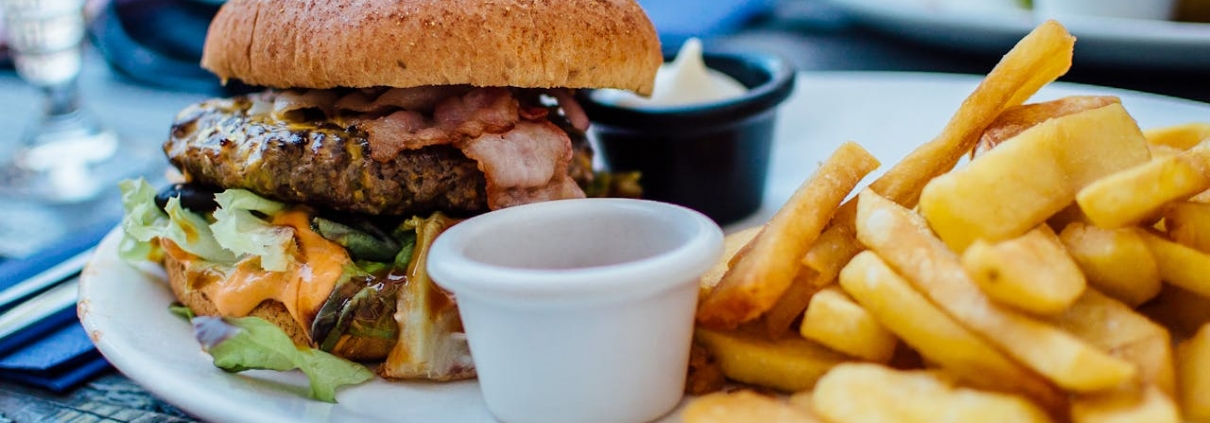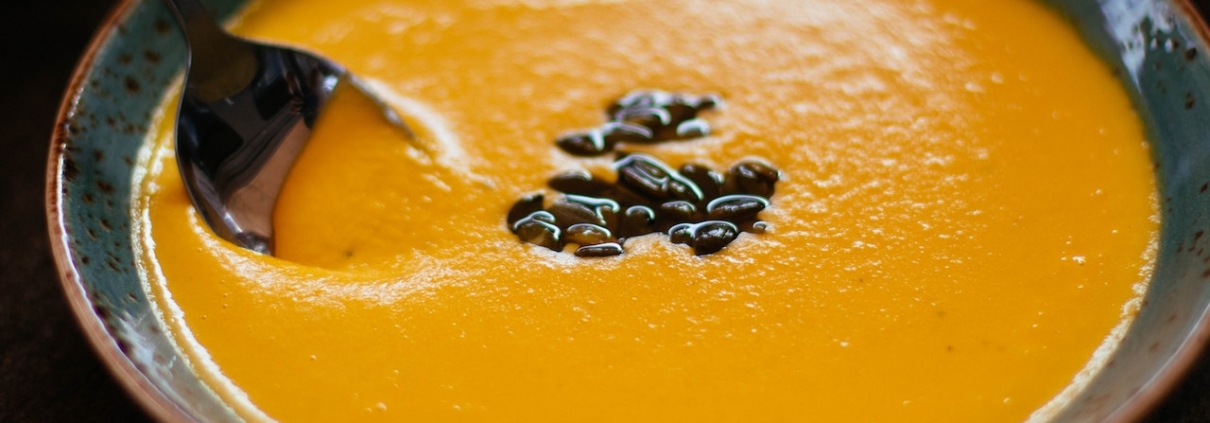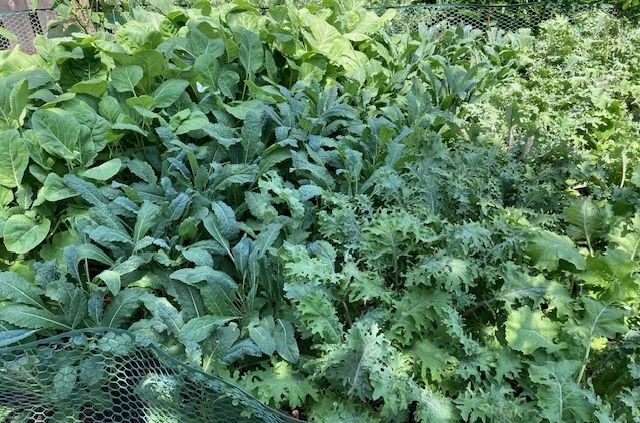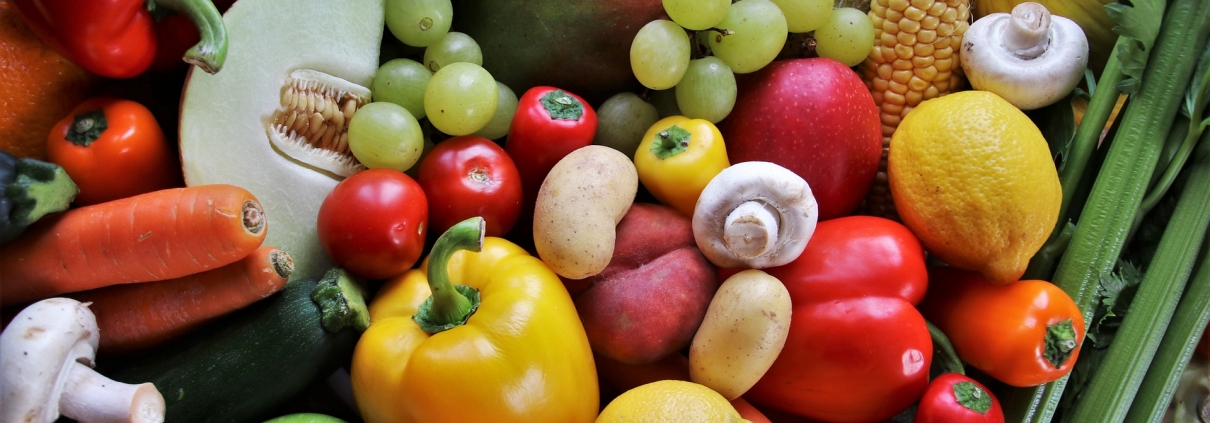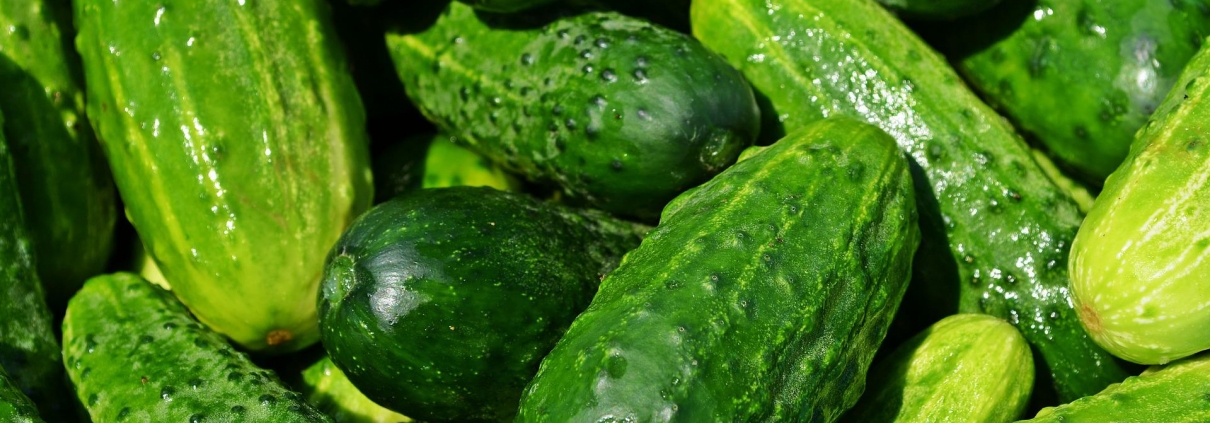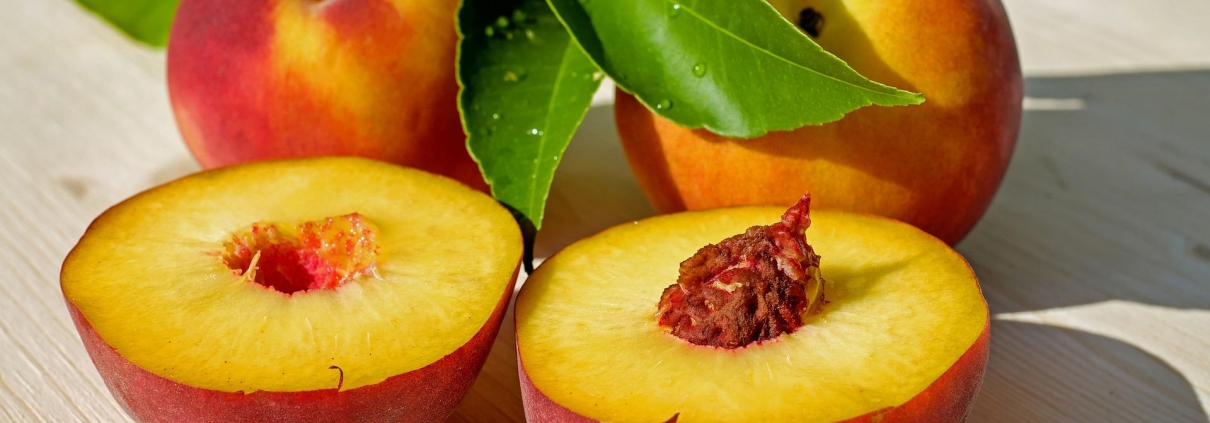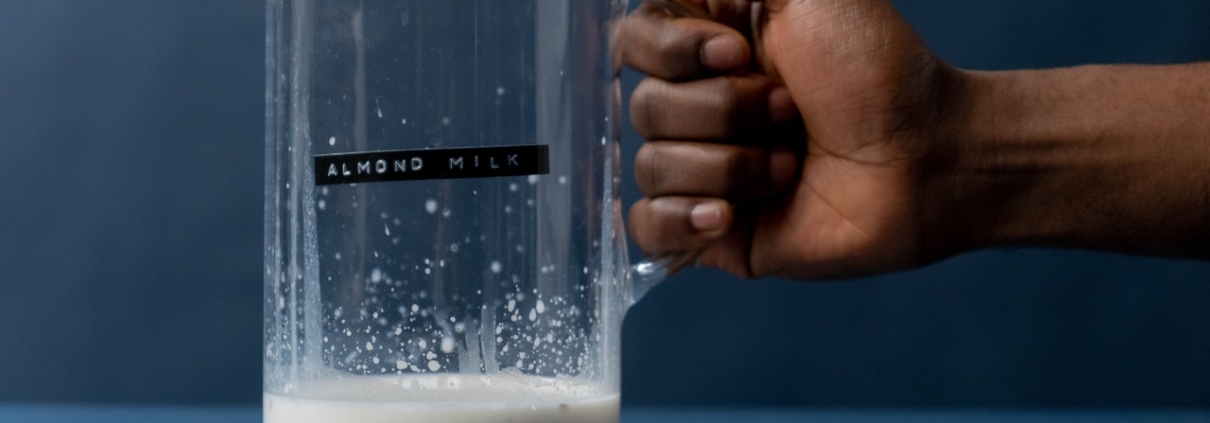If you’re a senior citizen now, you may remember a time growing up when restaurant food was an occasional family treat. If you are younger, then you grew up in an era where eating out of the home was and is a regular, and maybe daily (or more than once a day) occurrence. A recent study reveals how alarming this trend has become, even outside our country. Read more
Remember the old expression, “An apple a day keeps the doctor away.” There’s a lot of truth to this when you look at the health benefits of apples.
Benefits of Apples
According to the Cleveland Heart Clinic apples stabilize blood sugar, lower cholesterol levels, reduce blood pressure, and helps reduce inflammation. They are high in antioxidants, fiber (so they help you feel fuller longer), and water (therefore good for a hydrating snack). Read more
It’s fall and winter squashes are abundant everywhere – at the Farmer’s Markets, grocery stores, health food stores, and outdoor produce stands. They are tasty, filling, nutritious, and easy to prepare.
Here are some of the more prominent winer squashes that I get regularly, and some ideas for how to prepare them. In addition to the ideas below, you can bake any of the winter squashes whole and then use the squash for whatever dish you are making. Or, bake and cut up and eat as is. Pieces can be seasoned with a little salt and cinnamon, drizzled with melted butter and a sprinkle of coconut sugar, or anything else that appeals to you. Bake the squash whole at 425 degrees in a lightly oiled pan or on a cookie/pizza sheet. Bake 1-1 ½ hours or until tender when a knife is inserted. Read more
If you’re like my husband and me, you just can’t live without eating leafy greens. But if you’re not like this, please read on to see why they are so important to us.
A good portion of our veggie garden is taken up with leafy greens. The picture in this blog is from our garden. We grow all varieties of kale, collards, Swiss Chard, and a few kinds of Asian greens like senposai. We cook them almost every day of the week and they are the first thing we go for when we’ve been traveling and need to rebalance our systems. Read more
Every year, the Environmental Working Group (EWG) puts out two produce lists – The Dirty Dozen and The Clean 15. The Dirty Dozen is a list of produce to only eat organic because they are so laden with chemical pesticides. The Clean 15 is a list of foods to eat more safely in convention form, because testing on them has shown that they have little or no chemical pesticide residues in them when tested.
The Dirty Dozen
This list includes: strawberries, spinach, kale/collard/mustard greens, peaches, pears, nectarines, apples, grapes, hot and bell peppers, cherries, blueberries, green beans (new to the list).
Totally inundated with tomatoes from your garden or a friend’s? There’s nothing like home-grown tomatoes, but it can take some ingenuity in figuring out how to use them before they start to spoil. Read more
Cucumbers are super plentiful in the summer. You may have an overload of them in your garden, find huge ones at cheap prices in farmers markets, or see them everywhere in grocery stores.
The challenge is – what to do with so many cucumbers? Here are 11 things you can try, plus 77 recipes… Read more
We’re in peach season and there are lots of ways to use peaches. For health and taste, get them from a farmers market or produce stand. For best flavor, get peaches grown as locally as possible.
Here are some ideas on ways to use peaches… Read more
If you have organization and time management in good working order, your task with weight loss is easier! Read more
Many people have allergies or food sensitivities to dairy, and would feel a lot better eating dairy free. Read more

